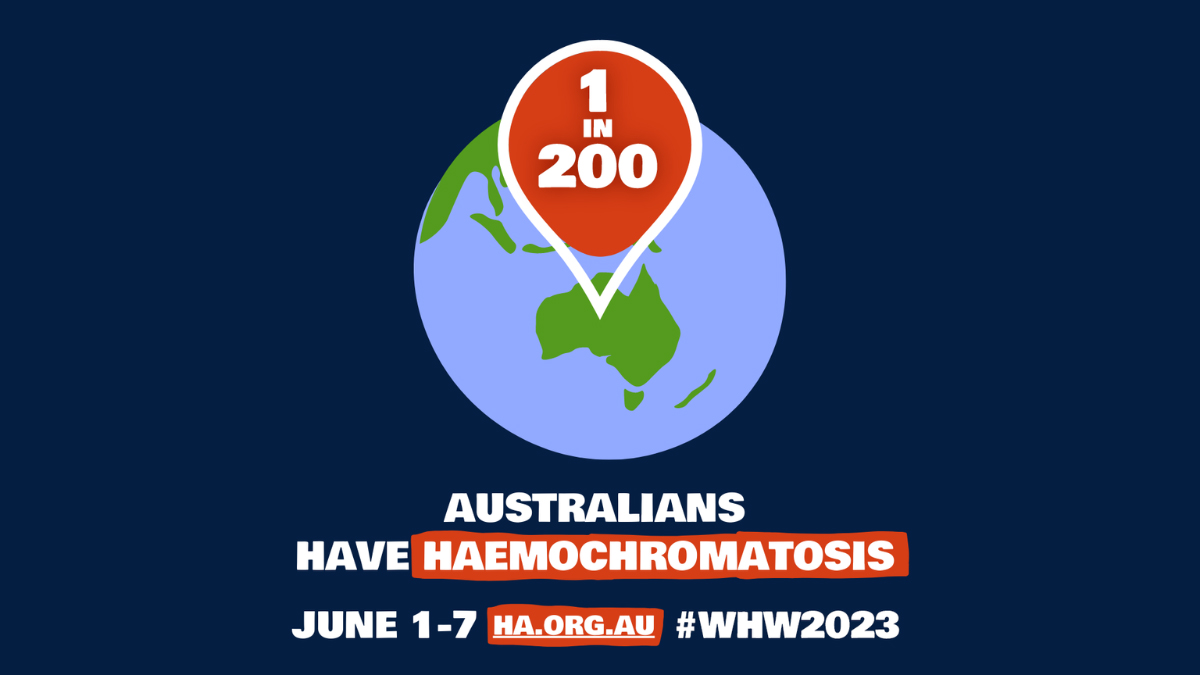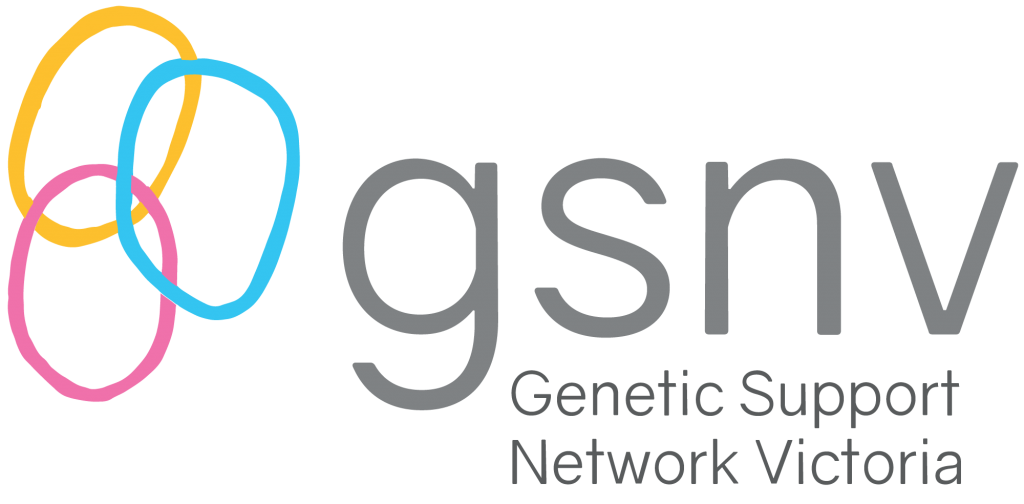Our genetic and rare disease community is made up of passionate, hardworking groups and individuals who share similar challenges and opportunities along the journey to campaigning, awareness raising and fundraising. At the core, support groups want their community to achieve the highest quality of life and advocate for change and improvements in research, medicines and funding. But at times, it can be challenging to know how or when to run a successful campaign, especially with limited resources.
Each month The Community Vibes section in The Beat will shine a spotlight on support groups and the invaluable work they undertake to promote and advocate for their cause. Care for Rare seeks to build community capacity, knowledge and resources by giving support groups the opportunity to share insights and activities across activities such as grant writing, event management, volunteer recruitment, campaign evaluation and many more so that regardless of budget and resources, all support networks can engage in advocacy for their community.
We begin this series with a spotlight on Haemochromotosis Week, an awareness campaign that ran from 1 – 7th June.
Running Successful Awareness Campaigns:
Insights from Haemochromatosis Australia
Haemochromatosis week aims to increase awareness of the health implications of what is Australia’s most common genetic disorder. Even though haemochromatosis is carried by one in seven people and affects one in 200, it is often underdiagnosed because the symptoms of tiredness, muscle weakness and joint pain, are generic and non-specific. This year, over 100 landmarks around the country will be lighting up red to raise awareness of haemochromatosis.
We asked Elizabeth McCray from Haemochromatosis Australia to share their insights to creating this successful campaign.

How have you included or imbedded the lived experience of those living with Haemochromatosis in your campaign? Are there any contemporary campaign practices you can share with us that have worked well in your campaigns?
We ran a lighting up landmarks campaign utilising existing community infrastructure at zero cost to the organisation. This was extremely popular with members as they felt their condition was being valued and recognised. By geographically spreading the identifiable lighting up opportunities as far as possible, people around the country could feel connected to the national campaign through local engagement.
We began the week with a media release highlighting our campaign as well as providing background information about the haemochromatosis and its impacts. We arranged Haemochromatosis Australia committee members with appropriate medical and scientific expertise to be on standby as well as people living with haemochromatosis in various locations nationwide to be available to speak to the media as required.
Media always like to involve a local angle into their stories.
It is extremely difficult to get interest from within the mainstream media but smaller regional and local media are more interested generally. You do need to be ready with personalised patient stories at very short notice if approached as timelines for broadcast/publication are usually tight.
Always being contactable is essential.
We asked selected members to answer targeted questions and film their responses on their mobile phones. The answers were short and sharp and could be uploaded and used in our social media strategy – story telling is very popular on social media currently.
What does World Haemochromatosis Week hope to achieve and how will you measure its success?
Our goal is always to raise awareness within the community to ensure no Australian suffers avoidable harm from haemochromatosis and this is our purpose in running a campaign aligned internationally with World Haemochromatosis Week. We understand that ‘haemochromatosis’ is not a simple word to say or understand but we specifically want to make it more recognisable to the public. We want to connect those with the condition with others in the same situation to reduce feelings of isolation and fear. We also want to attract membership to our organisation through promoting our existence.
We constantly tweak our output by reviewing data around our social media posts to identify what is popular and produce more content along those lines. As an organisation we understand that we need to produce content that connects with our audience not simply what we think they want.
We measure our success by reviewing metrics around membership rates, numbers of social media followers, social media website hits and enquires to our InfoLine. A report is produced and presented to the next Haemochromatosis Australia national committee meeting.
What advice would you give to other community groups who have limited funds and seek to make impactful advocacy campaigns?
We approached politicians at all levels of government to post about the week on their social media. We provided their offices with our own social media tiles to ensure accuracy and consistency for our messaging. This approach has a two-fold advantage. It raises awareness of the condition with the politicians themselves as potential key decision makers and allows our message to be seen by a wider audience through their social media reach.
We approached our aligned organisations and asked them to post about the week on their social media accounts.
We cannot stress enough the importance of using a hashtag for any campaign. It is much easier to search social media for posts using hashtags. It creates broader interest and allows more people to connect with the campaign.
It is important to learn to use the software tool Canva. It is free for not-for-profits. It is very user friendly and a very effective way to create eye catching graphics for nil cost.
Ensure any media queries are responded to immediately so as not to miss the news cycle for the day. It is important that everyone involved is aware of this and ready in advance so every opportunity can be maximised.
Lighting up landmarks is a very cost-effective way to gain attention and allows the campaign to be both local and national at the same time. It is important to ensure the venues lighting up post to their followers. Some major metropolitan landmarks (e.g., Perth’s Optus Stadium) have many followers because of their connection to high profile sports and this allows a far greater reach on social media.
Due to the nature of our organisation and its spread around Australia we are not in the position to hold face-to-face awareness events throughout the week. I would imagine these events would have the potential to attract media and others in the community. We do run a haemochromatosis themed annual art show in one local community which is inspiring, and we promote it nationally as a percentage of profits from art sales go to our organisation.
To find out more about Haemochromatoris Australia and their recent campaign, visit the campaign website and social media pages.
